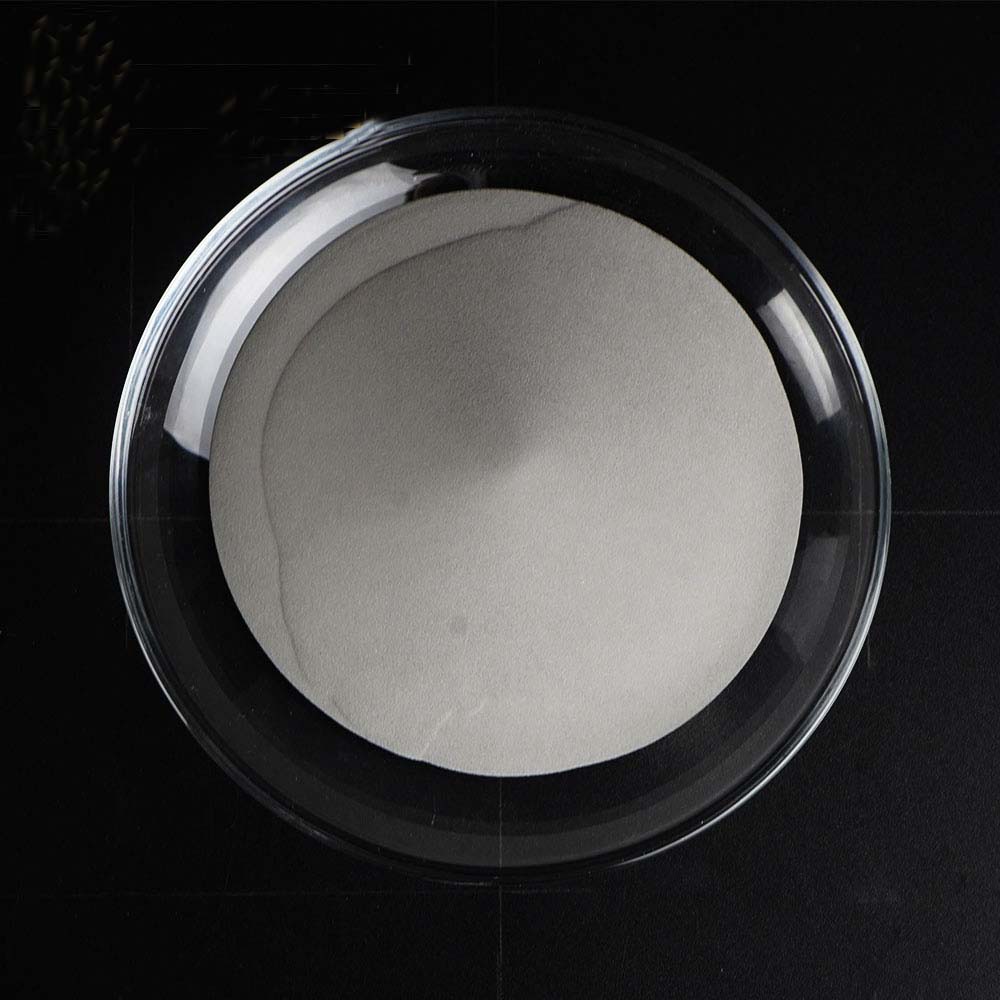

current position:Information and data>How to choose in cemented carbide production
The first aspect is the average grain size and grain size of WC and duplex carbides.

Here we only talk about the particle size of the raw material, leaving aside its chemical composition and other physical properties. First, we need to understand how the powder particle size is formed and how it affects the alloy. We know that the powder particle size is the size of the aggregate (group) particle size of the atoms or molecules of the substance, which is controlled by the particle size of the raw materials in the early stage and the processing technology. In terms of the formation mechanism, the cause that is useful to us and must also be paid attention to is the particle size of the same material, which is related to the internal energy and surface energy contained in it. Therefore, powder metallurgy is particularly important to its particle size and particle size uniformity. This is also one of the important reasons why my country's cemented carbide is inferior to that of developed countries. Due to the wide range of particle size distribution of the same batch of raw materials, the energy stored between the agglomerates and the agglomerates is very inconsistent. In this way, under the same sintering temperature and system, the alloy structure produced is unbalanced and the grains are unstable, so that the alloy is used. Performance is greatly reduced. It is mainly manifested in the poor wear resistance of the alloy, easy to form a crescent-shaped knife edge, and the accuracy is not ideal.
In the second aspect, the particle size of WC and duplex carbide should be matched.
In this regard, domestic alloy manufacturers do not pay much attention to it. Whether it is CK32, CK40 or CK24 compound carbides (including Ta, Nb), and no matter what raw materials are used, they only consider the content of W, Ti, Ta, C, and Co in the alloy mixture, which is very Less consideration is given to the particle size of the double carbide. Of course, this is no wonder, because most of the duplex carbide production in our country follows the rough production process of the former Soviet Union, it is difficult to control the particle size of the product in a true sense, so the alloy manufacturer has no choice, and what to produce what to use. We know that if the WC particle size does not match the particle size of the compound carbide, it will seriously affect the quality of the alloy. If the compound carbide is too coarse, it is easy to form a block and peel off, and if it is too fine, it is not enough to protect the WC base. Therefore, the choice of what particle size of the compound carbide depends on its requirements for the grain size of the alloy and the performance of the product.
The third aspect is the solid solubility of compound carbides.
The solid solubility of compound carbides is very important and the least noticeable. To clarify this issue, it is necessary to first explain the production process of compound carbide. As mentioned above, since China basically follows the rough-shaped production process of the former Soviet Union, it is impossible to generate high-quality duplex carbides from the process itself. Now take the production of duplex carbides of CK32 as an example to illustrate. Mix WC-87.5kg, TiO2-78kg, C-34.5kg, then press the boat, and then sinter in a carbonization furnace of more than 2000 degrees, so a batch of CK32 compound carbides are produced. Here, we should focus on the forming principle. First, TiO2 reacts rapidly with C at high temperature, and the abbreviated equation is: TiO2 +3C=TiC+2CO↑. The generated TiC is very active, and at this time, WC with a simple hexagonal crystal structure can quickly dissolve in TiC with a face-centered structure. But we know that dissolution is a very common phenomenon in nature, except that liquids and gases can be dissolved by convection, while solids can only be dissolved by diffusion. In this way, the problem arises, because TiO2 and C can generate a large amount of CO gas at high temperature, so that in the process of compound carbide formation, a large number of honeycombs will be formed in the finished product, so that WC will encounter in the process of diffusion and dissolution. Absence, dislocation and supersaturation and other unfavorable dissolution environment. At present, the only measure to alleviate this defect is to press the boat (or fight the boat), the tighter and more uniform the better. Therefore, the quality of a product's production is closely linked with human factors, not to mention that the craft itself has its own severe punishment for defects!
Because of this, we are required to be the manufacturers of raw materials and alloys to devote ourselves to researching new processes and continuously improving product quality.
Hot information

